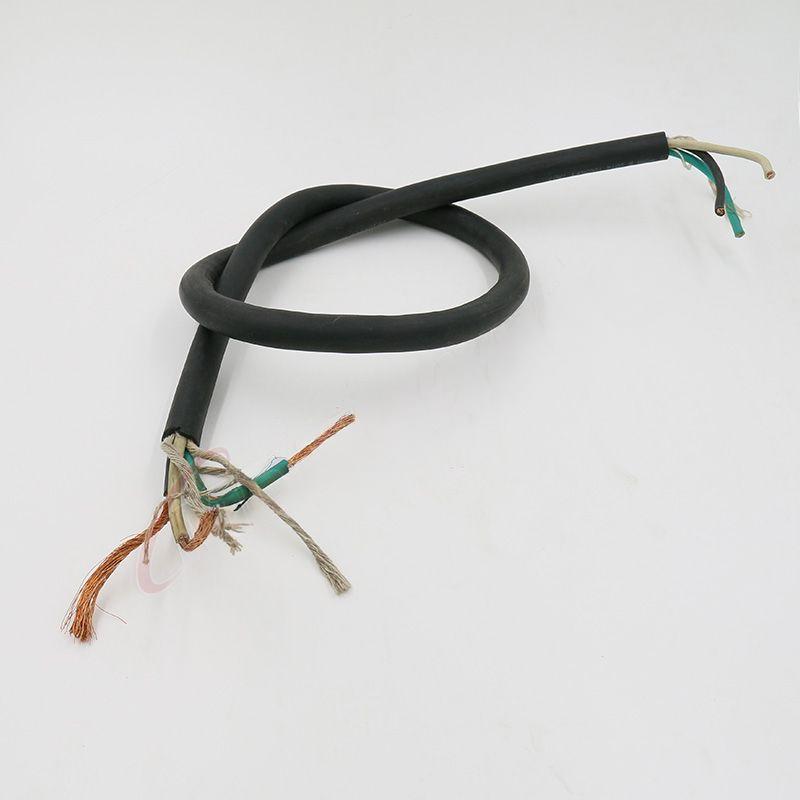9 月 . 03, 2024 04:53 Back to list
High-Quality Water Ball Valves for Efficient Flow Control
Understanding Water Ball Valves An Essential Component in Fluid Control
Water ball valves are integral components in various plumbing and industrial systems, serving as crucial devices for controlling the flow of water and other fluids. Unlike standard gate or globe valves, ball valves utilize a spherical obstruction — the ball — to either allow or block fluid flow. This article explores the functionality, advantages, applications, and maintenance of water ball valves.
Functionality of Water Ball Valves
A water ball valve consists of a hollow, perforated sphere (the ball) that is mounted on a rotating stem. When the valve is in the open position, the hole in the ball aligns with the pipeline, allowing water to flow freely. Conversely, when the valve is closed, the ball rotates 90 degrees, blocking the flow completely. This design enables rapid opening and closing, usually with a simple quarter-turn of the valve handle.
One of the standout features of ball valves is their low pressure drop. This makes them highly efficient for regulating fluid flow in various systems, whether it be residential plumbing, irrigation systems, or industrial setups. Additionally, thanks to their robust construction, they are capable of handling high pressure and temperatures, making them suitable for various conditions.
Advantages of Using Water Ball Valves
1. Quick Operation The quarter-turn actuation makes ball valves incredibly user-friendly. They can be opened or closed quickly, which is especially beneficial in emergency situations.
2. Durability and Longevity Typically made from materials like brass, stainless steel, or PVC, ball valves are resistant to rust and corrosion. This durability ensures a long lifespan, reducing the need for frequent replacements.
3. Minimal Leakage Ball valves are known for their tight sealing capabilities. When closed, they provide an effective barrier to leaks, thereby conserving water and enhancing safety in plumbing systems.
water ball valve

4. Versatility Suitable for a wide range of applications, water ball valves can be found in residential settings, industrial processes, irrigation systems, and even in oil and gas operations. Their adaptability to different fluids further broadens their application scope.
Applications of Water Ball Valves
Water ball valves are widely utilized across various sectors. In residential settings, they are commonly found in water supply lines and fixtures. Their efficiency in regulating water flow makes them ideal for showers, faucets, and irrigation systems. In industrial contexts, they help manage fluid dynamics in pipelines, enabling effective control of fluids, whether they be water, oils, or chemicals.
In agricultural sectors, ball valves facilitate the efficient irrigation of crops, allowing farmers to optimize water use. Furthermore, they are often employed in HVAC systems to control the flow of heating and cooling fluids, contributing to efficient building climate control.
Maintenance of Water Ball Valves
Though water ball valves are known for their durability, regular maintenance is essential for optimal performance. It is crucial to inspect the valve periodically for signs of wear, leaks, or damage. Lubricating the valve stem and ensuring the seals are in good condition will prolong the life of the valve. If any defects are detected, timely replacement or repair is crucial to prevent system failures.
Conclusion
Water ball valves are essential elements in fluid control systems. Their functional design, durability, and efficiency make them a preferred choice across various industries. By understanding their operation and importance, users can better appreciate how ball valves contribute to effective fluid management and system reliability.
Share
-
Understanding the Differences Between Wafer Type Butterfly Valve and Lugged Butterfly ValveNewsOct.25,2024
-
The Efficiency of Wafer Type Butterfly Valve and Lugged Butterfly ValveNewsOct.25,2024
-
The Ultimate Guide to Industrial Swing Check Valve: Performance, Installation, and MaintenanceNewsOct.25,2024
-
Superior Performance with Industrial Swing Check Valve: The Essential Valve for Any SystemNewsOct.25,2024
-
Industrial Swing Check Valve: The Ideal Solution for Flow ControlNewsOct.25,2024
-
You Need to Know About Industrial Swing Check Valve: Functionality, Scope, and PerformanceNewsOct.25,2024